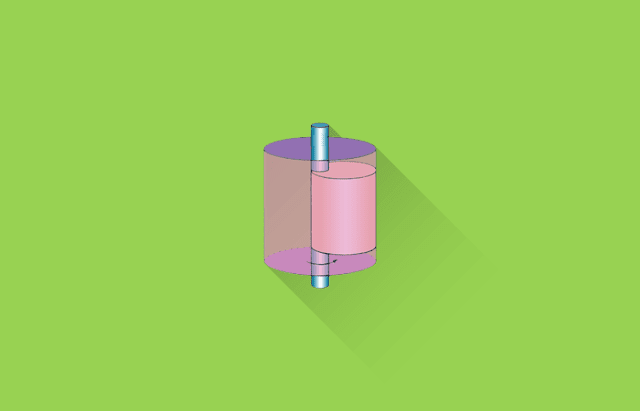Difference between Reciprocating Compressor and Rotary Compressor
🔗Reciprocating compressors working, applications, advantages and disadvantages
🔗Rotary compressor working, applications, advantages and disadvantages
Reciprocating compressor
|
Rotary compressor
|
Fluid compressed by reciprocating motion of piston.
|
Fluid compressed by rotary motion of blades.
|
Prime mover (motor or engine) and compressor is separated,
so they are heavy and bulky for a given discharge volume.
|
Prime mover and compressor and compressor are
pressed in to a cylinder, so they are small and light.
|
High clearance volume.
|
Negligible clearance volume
|
Low volumetric efficiency when compared to rotary
compressor
|
High volumetric efficiency compared to reciprocating
compressor.
|
Low speed compressor.
|
High speed compressor.
|
High pressure ratio per stage is achieved.
|
Discharge pressure per stage is low when compared to
reciprocating compressor.
|
The quantity of fluid it can handle is very low
|
Since it
operates at high speed it can handle high volume fluid.
|
Used for high and medium pressure ratio and for low and
medium volume.
|
Used for high and medium pressure ratio and large
volume.
|
Greater vibration and shaking due to reciprocating
action. The machine parts are poorly balanced.
|
The machine parts are fairly balanced, it has very
less vibration.
|
Since heavy vibration and shaking it require
rigorous foundation.
|
Since less vibrational problem it do not require
rigorous foundation.
|
High maintenance required
|
Well balanced machine so it require less
maintenance.
|
The supply of compressed fluid is intermittent.
|
Supply of compressed fluid is continuous.
|
Complicated lubrication is required
|
Simple lubrication.
|
The fluid (air) is directly comes in contact with
lubricating oil, so the discharge is often dirty.
|
The discharged fluid is clean and free form dirt.
|
It has greater flexibility in capacity and pressure
range.
|
No flexibility in capacity and pressure range.
|


